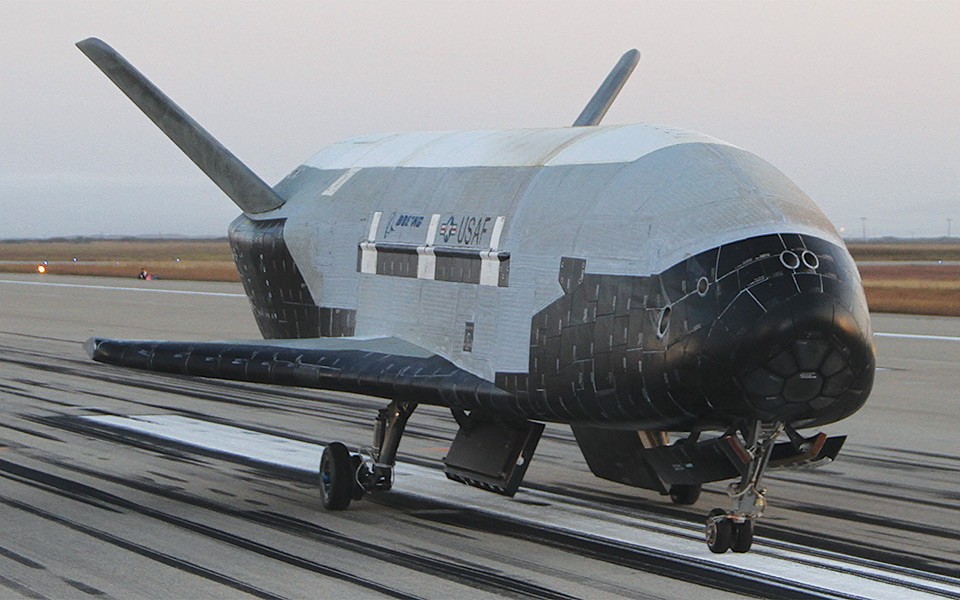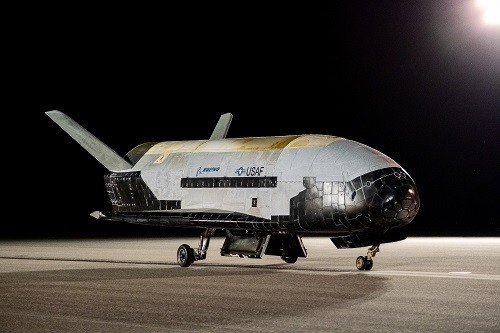Beyond the publicly known aircraft and spacecraft, there likely exist clandestine vehicles that operate in the shadows, their purpose and capabilities shrouded in secrecy. One such enigmatic craft is the X-37B, a Boeing designed orbital test vehicle that has captured the public’s imagination since its first launch in 2010.
While its existence is widely known, its specific missions and technological advancements remain largely undisclosed. Designed as a platform for testing both military and civilian technologies, the X-37B is an unmanned spacecraft powered by a combination of solar panels and lithium-ion batteries.

Capable of carrying up to 500 pounds of cargo, it has completed six previous missions, with the most recent setting a record of 908 days in orbit. On its seventh mission, launched atop a SpaceX Falcon Heavy rocket last year, the X-37B has been diligently performing undisclosed tasks.
Recently, Boeing and the United States Space Force announced plans for a groundbreaking maneuver: aerobraking. This unprecedented operation involving using the Earth’s atmosphere to slow down the spacecraft could provide valuable insights into future space exploration and technology development.
As the X-37B continues its mysterious journey, the public eagerly awaits further revelations about this enigmatic spacecraft and its potential contributions to the advancement of space exploration. The X-37B, a highly advanced spaceplane, is making a significant orbital maneuver.
After spending over a year in a highly elliptical orbit, it’s now transitioning to a lower altitude. This maneuver is unique as it primarily relies on Earth’s atmospheric drag to slow down, conserving fuel. Once it reaches the desired orbit, the spaceplane will release its service module to minimize space debris.
This innovative approach demonstrates the X-37B’s remarkable capabilities and its potential to revolutionize space exploration. The X-37B’s ability to maneuver between orbits using atmospheric drag is a testament to its advanced propulsion system and precise control mechanisms.
This technique is not only fuel-efficient but also allows for greater flexibility in mission planning. By minimizing fuel consumption, the X-37B can extend its operational life and perform a wider range of tasks. Furthermore, the spaceplane’s release of the service module demonstrates its commitment to responsible space practices.

By minimizing space debris, the X-37B helps to preserve the orbital environment and ensure the safety of future space missions. This proactive approach aligns with international guidelines for space sustainability and sets a positive example for other spacefaring nations.
The X-37B’s successful orbital maneuver is a significant milestone in the development of reusable space vehicles. Its innovative approach to propulsion and its commitment to responsible space practices highlight the potential of this technology to transform the future of space exploration.
As the X-37B continues its mission, it will undoubtedly provide valuable insights into the challenges and opportunities of long-duration spaceflight.

